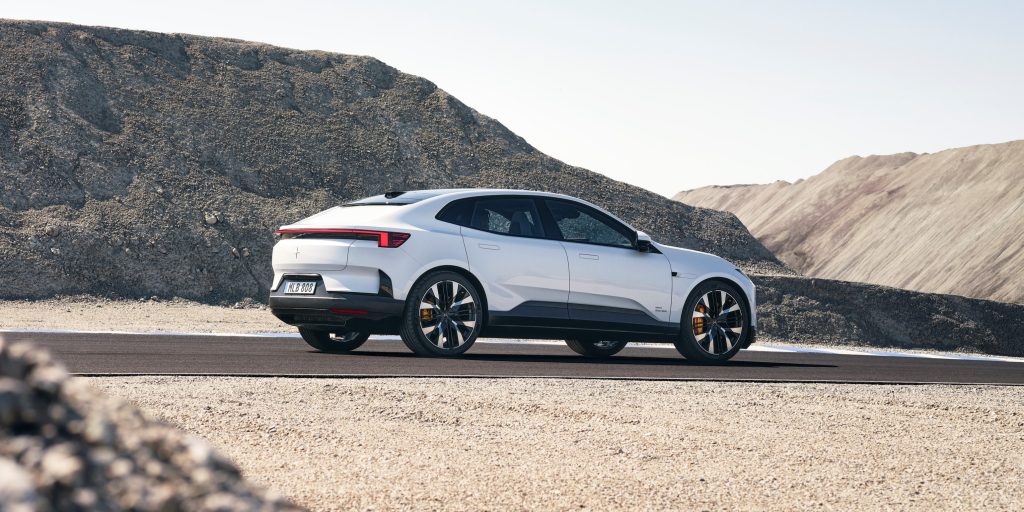
More bad news for Polestar. The struggling luxury EV maker just lost its funding from Volvo, which is handing full responsibility for the brand over to China’s Geely. However, Volvo is letting them down easy, saying it’s a “natural evolution” for the two brands.
After announcing the split yesterday, Volvo saw as much as a 30% jump in its shares, according to Bloomberg. And that is exactly what analysts were expecting. Volvo, which owns about 48% of Polestar’s shares, has been criticized by analysts for its involvement in the brand, which they say has been dragging down its resources. After EV startup Polestar was listed in the US in 2022, it has continually relied on Volvo and Geely for funding to stay in the game.
Volvo Car CEO Jim Rowan told CNBC that this was a “natural evolution” in the relationship between the two carmakers. “Obviously, we spun out Polestar as a separate company a long time ago, and since then we’ve been incubating and working with Polestar for a number of years.” Volvo bought the company in 2015, and then launched it as a separate EV-centric startup in 2017.
China’s Geely, which is the parent of both brands, is preparing to help Polestar out by redistributing shares, saying that it will fully support Polestar as an independent brand.
Polestar released an announcement saying that Volvo “will remain a strategic partner in areas across R&D, manufacturing, after sales and commercial.” But clearly this is a cut-throat move from Volvo, and it’s hard to say how Polestar will find its way.

As it stands, Polestar, which just announced its plan to cut 15% of its workforce last week, needs $1 billion over the next year to stay alive, according to analysts at Bernstein, as reported by Automotive News Europe. Bernstein also believes that it’s time for Polestar to go private.
Volvo is one of the first legacy automakers to commit to an EV-only future by 2030, and it sold over 113,000 fully electric Volvo cars sold last year. But that’s not to say that it isn’t facing a huge battle in a market dominated by BYD and Tesla. While the automaker saw a jump in share price after the news landed yesterday, shares are still down 38% over the past year, with a valuation of $9.5 billion, Bloomberg cites.
Last year, Volvo cut 1,300 jobs to help reduce costs, and it’s been struggling with software issues on its new EX30 and EX90 models. Plus the market outlook is looking pretty gloomy as countries are pulling back on EV incentives, among other factors. Germany, Europe’s largest car market, is set to see a 14% slump in EV sales this year.
Volvo isn’t alone in rehashing its EV strategy. This week, Renault dropped its planned IPO for its EV startup Ampere, and VW pushed back an IPO on its PowerCo. battery unit. GM is bringing back plug-ins.
Photos: Polestar
If you’re an electric vehicle owner, charge up your car at home with rooftop solar panels. To make sure you find a trusted, reliable solar installer near you that offers competitive pricing on solar, check out EnergySage, a free service that makes it easy for you to go solar. They have hundreds of pre-vetted solar installers competing for your business, ensuring you get high quality solutions and save 20-30% compared to going it alone. Plus, it’s free to use and you won’t get sales calls until you select an installer and share your phone number with them.
Your personalized solar quotes are easy to compare online and you’ll get access to unbiased Energy Advisers to help you every step of the way. Get started here.
FTC: We use income earning auto affiliate links. More.

